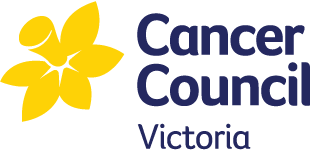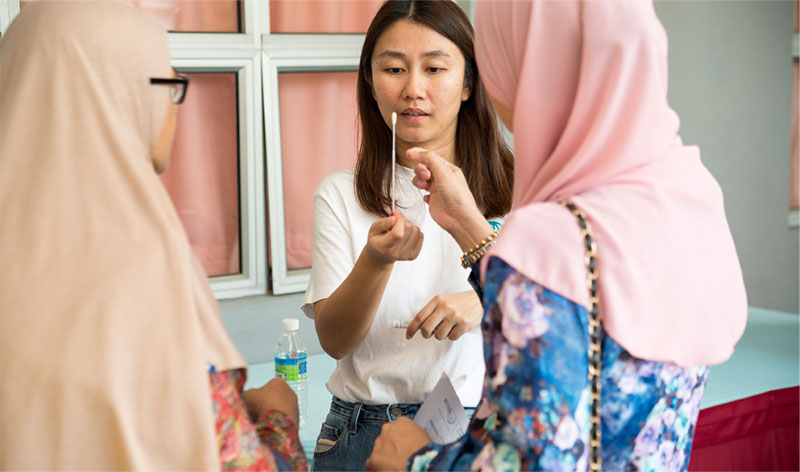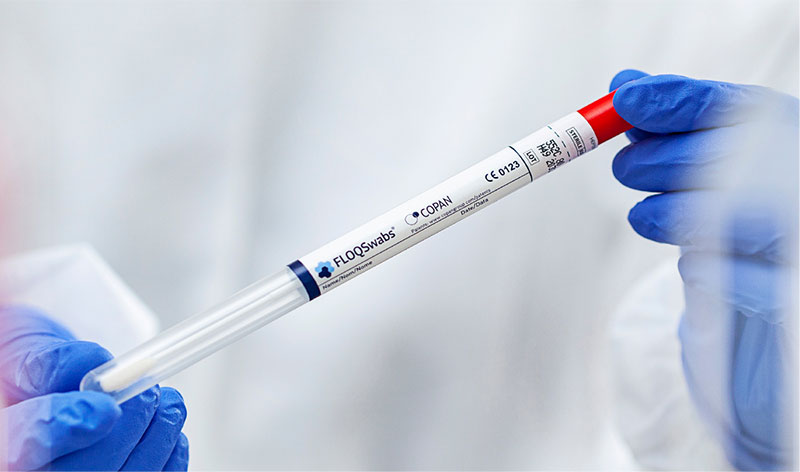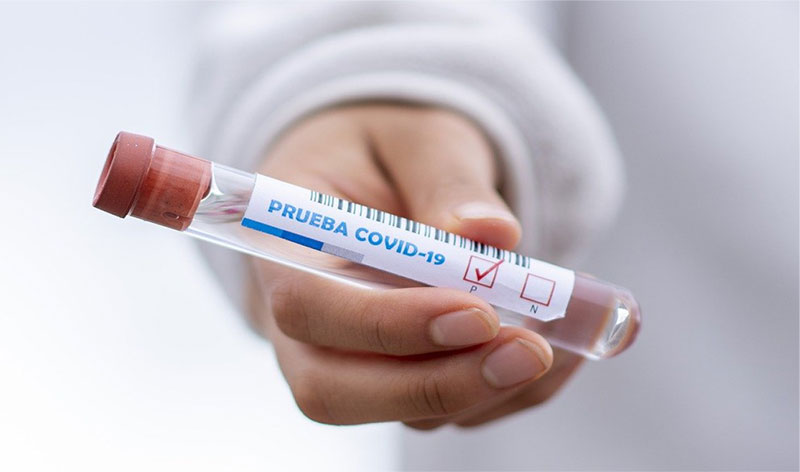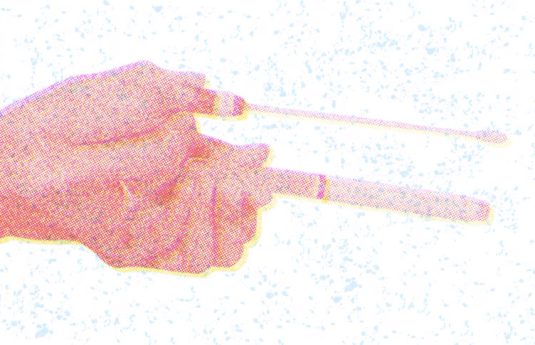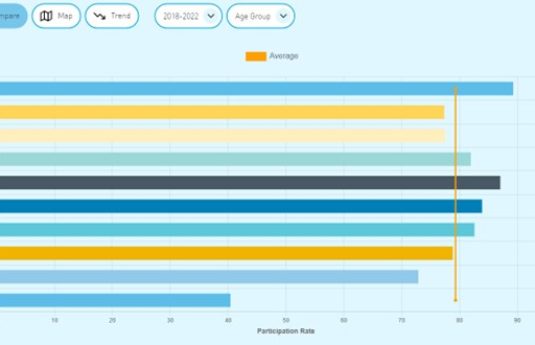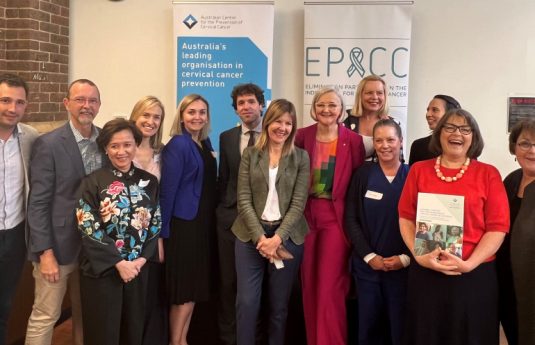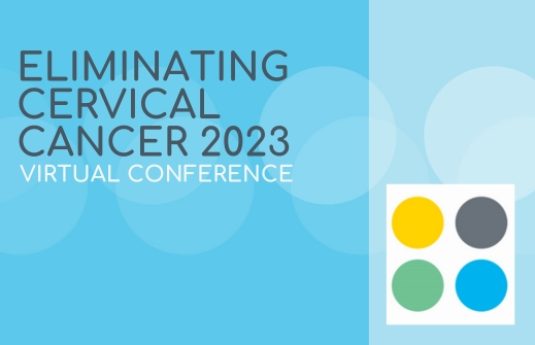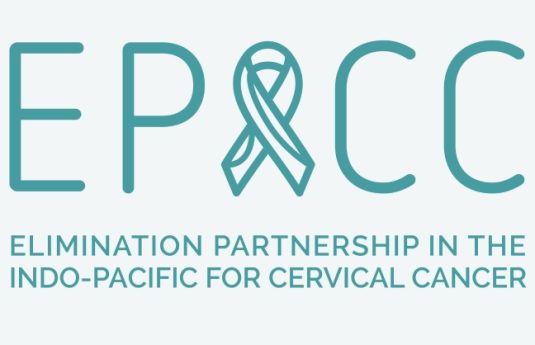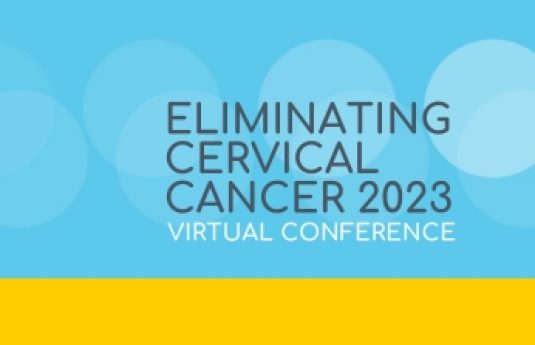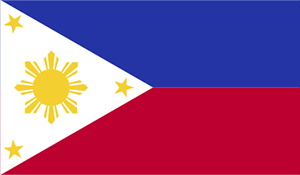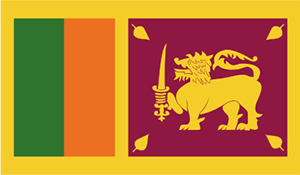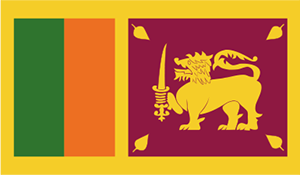What is Cervical Cancer?
The cervix is the narrow part of the uterus which opens into the top of the vagina. Cancer of the cervix is almost always due to cell changes caused by infection with Human Papillomavirus (HPV).
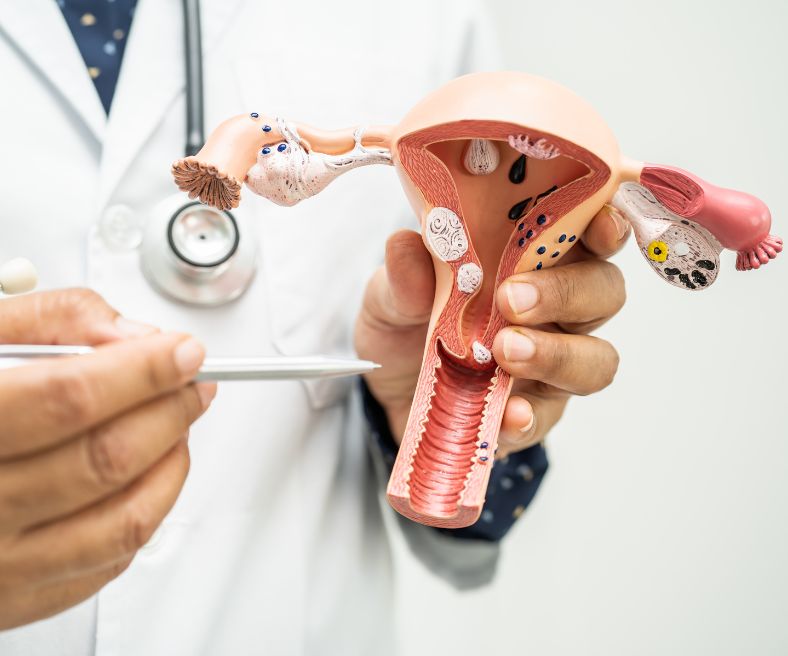
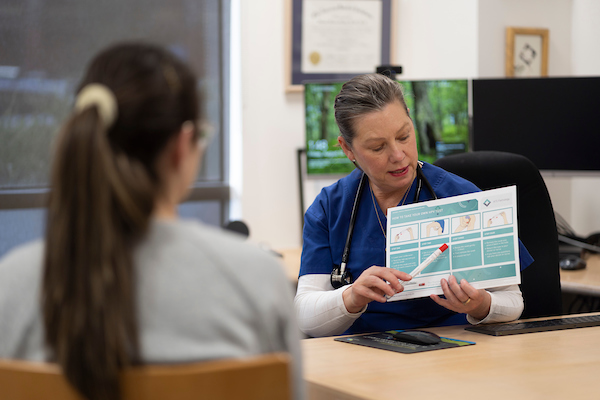
HPV and Cervical Cancer
HPV is an extremely common sexually transmitted virus that around 90% of people will have at least once in their lifetime. It is transmitted very easily during sexual activities through skin-to-skin or skin-to-mouth contact of the genital parts of the body.
Most people will never know they have an HPV infection, except when it is found during a cervical screening test. Most HPV infections do not cause symptoms and the body usually clears the infection by itself within 18 months. It is only when an HPV infection is persistent (which means it stays in the body for a long time) that it can cause changes to the cells in the cervix.
These cell changes can, over many years, lead to cancer of the cervix if they are not found and treated early.
Find out more...
Find our more about cervical cancer and HPV on the Cancer Council Victoria Website
Regular cervical screening is the best way to prevent cervical cancer in all women and people with a cervix
Self-collection is another option that is now available for cervical screening, and involves taking your own swab from the vagina. Find out more about self-collection here
Understand what happens if HPV is found on your Cervical Screening Test and what happens if more tests are needed.
ACPCC is a not-for-profit organisation and only charges patients the Medicare Schedule fee for pathology services, with only a small gap amount payable.
READ UP ON IT
Related News Article
SELF COLLECTION
Screening Processes
Et has minim elitr intellegat. Mea aeterno eleifend.Et has minim elitr intellegat. Mea aeterno eleifend.Et has minim elitr inte
llegat. Mea aeterno eleifend.Et has minim elitr intellegat. Mea aeterno eleifend.Et has minim elitr intellegat. Mea aeterno eleifend.
READ UP ON IT
Success Stories
Get in touch
To find out more about what we do or how we can work together, please get in touch.
